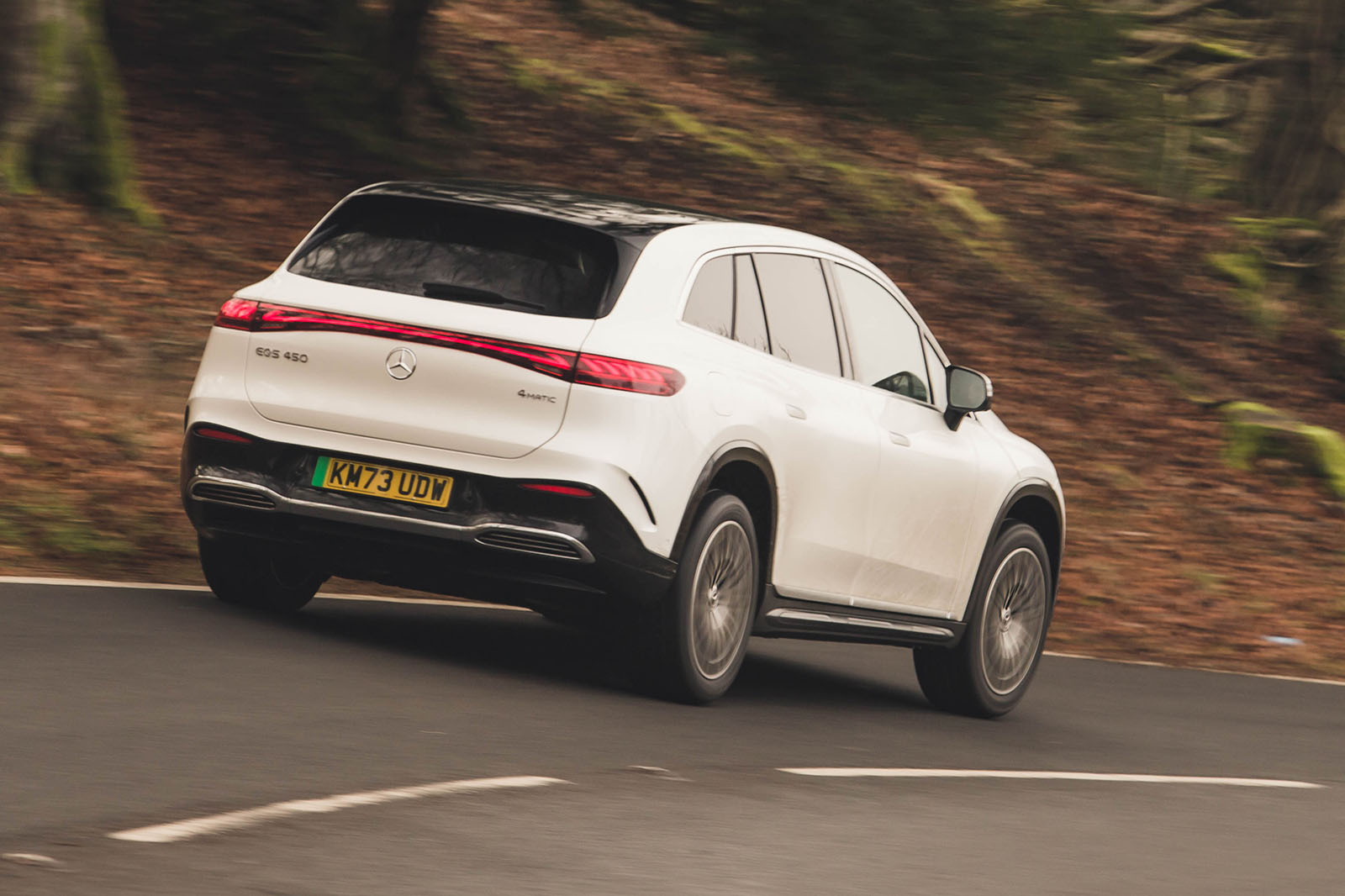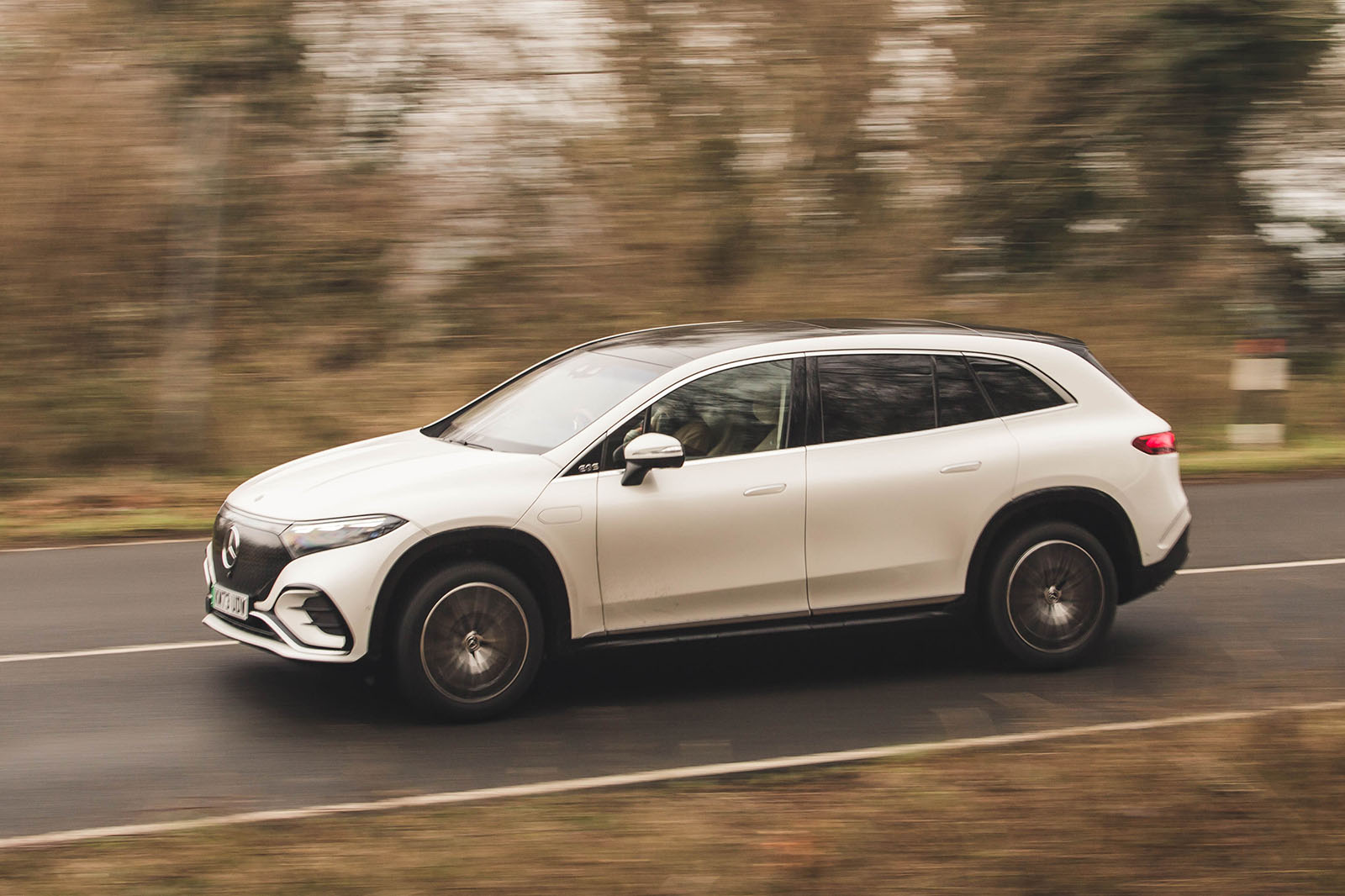The EQS SUV’s unusual shape and silhouette have a profound effect on the car’s cabin.
Naturally, the space inside is vast, but we will get to that in due course. The first thing you notice is the rather odd view out. The tall bonnet means the EQS has a very high scuttle, with the rest of the car seeming to fit slightly awkwardly around it.
The windscreen is remarkably short for such a tall car, but to avoid the interior feeling confined, the EQS SUV still gets fairly tall side windows. This means the A-pillar and door card need to contort to make up the height difference.
Although it is possible to set the front seats fairly low, you won’t want to because unless you are exceptionally tall, the gauges will be set too high.
Adding to the strangeness is that all the screens are canted over, suggesting you are supposed to look down on them. To do that, however, you need to set the seat so high that you get awfully close to the ceiling.
The good news is that you do get used to this unusual relationship between seats, controls and scuttle. However, it all smacks of compromise, which really should not be the case in a £140,000 electric car on a dedicated EV platform.
Otherwise, this is a now-typical new-style Mercedes cabin. All UK-market EQS SUVs are fitted with the Hyperscreen as standard, which puts the driver display, multimedia screen and passenger display behind one enormous glass panel.
There are very few physical buttons, but Mercedes’ MBUX interface manages that well thanks to a slick interface that puts frequently used functions within quick and easy reach. A panel of shortcuts on the centre console and an array of physical seat controls help as well.
As with the EQS saloon, the build quality is a mixed bag. In our Business Class test car, there was plenty of soft nappa leather, metal-effect trim and open-pore wood. Most testers even came around to the dark grey microfibre material that tops the doors, dash and armrests.
Equally, there are some hard plastics to be found lower down that are unbefitting of a £140,000 car, and some of the gloss black panels feel flimsy.
Clearly, the amount of space on offer here is not in doubt. This is a vast car, and with the second row slid all the way back, even the tallest passengers will be able to stretch out and put their feet under the front seats.
So configured, there isn’t any leg room to speak of in the third row, but with a bit of compromise from the second-row passengers it is possible for seven tall adults to travel in the EQS SUV.
That said, those in the rearmost seats won’t be especially comfortable since the floor is high in relation to the seat base. Children, however, should be absolutely fine.
All passengers get a selection of USB ports, cupholders and air vents, so will have no cause for complaint in that respect. The rearmost side windows are small compared with a Kia EV9.
Where the EQS SUV drops the ball as a practical seven-seater is when it comes to raising, lowering and sliding the seats. The third row is purely manual, and its buttons and levers are quite awkwardly placed.
The second row is purely electric, but that comes with its own set of problems. The second row sometimes refuses to slide out of the way to let third-row passengers in or out because it thinks something is blocking it. Then, when it moves back into place, the backrest never fully reclines. Instead, you need to use the controls on the door for that.
One other annoyance is that the luggage cover needs to be removed to raise the third row of seats, but there’s no good place to store it.
So while the EQS SUV has the space and digital tech, the much cheaper EV9 is better thought out as a versatile family car.
Multimedia system
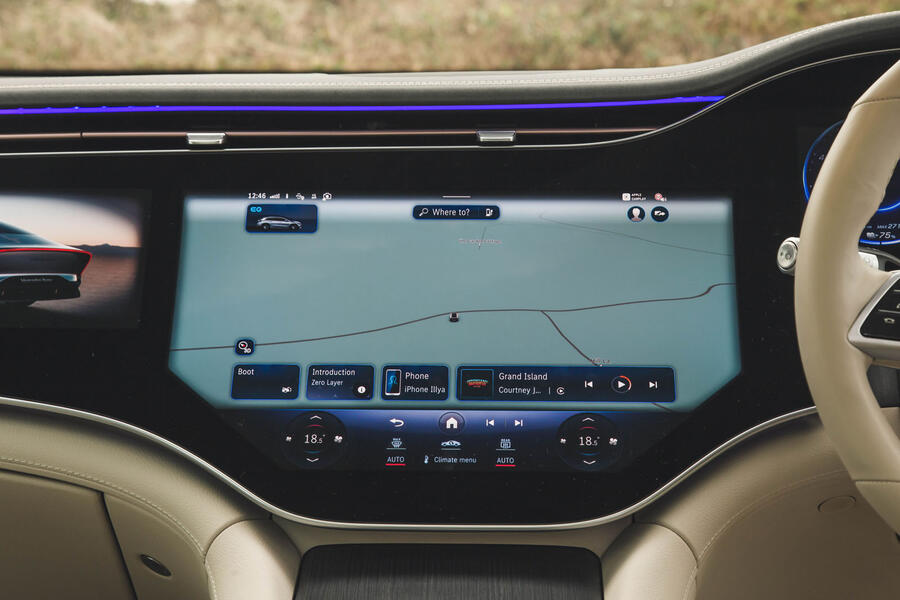 We have experienced this generation of Mercedes’ MBUX interface on several other cars. Although it takes a bit of getting used to, it generally works very well, with quick responses, clear graphics and sensibly laid-out menus that don’t bury important functions in menus.
We have experienced this generation of Mercedes’ MBUX interface on several other cars. Although it takes a bit of getting used to, it generally works very well, with quick responses, clear graphics and sensibly laid-out menus that don’t bury important functions in menus.
Smartphone mirroring is integrated well, and the connected navigation is fairly up to date when it comes to traffic.



















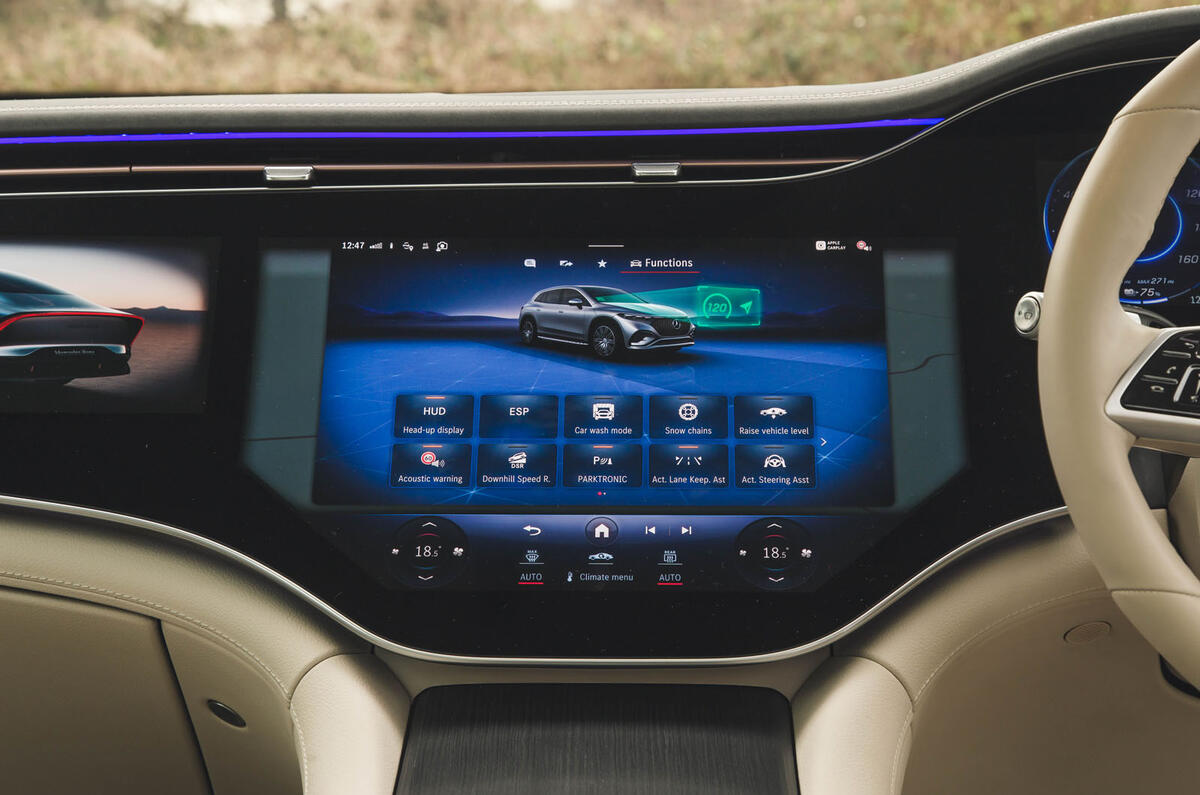

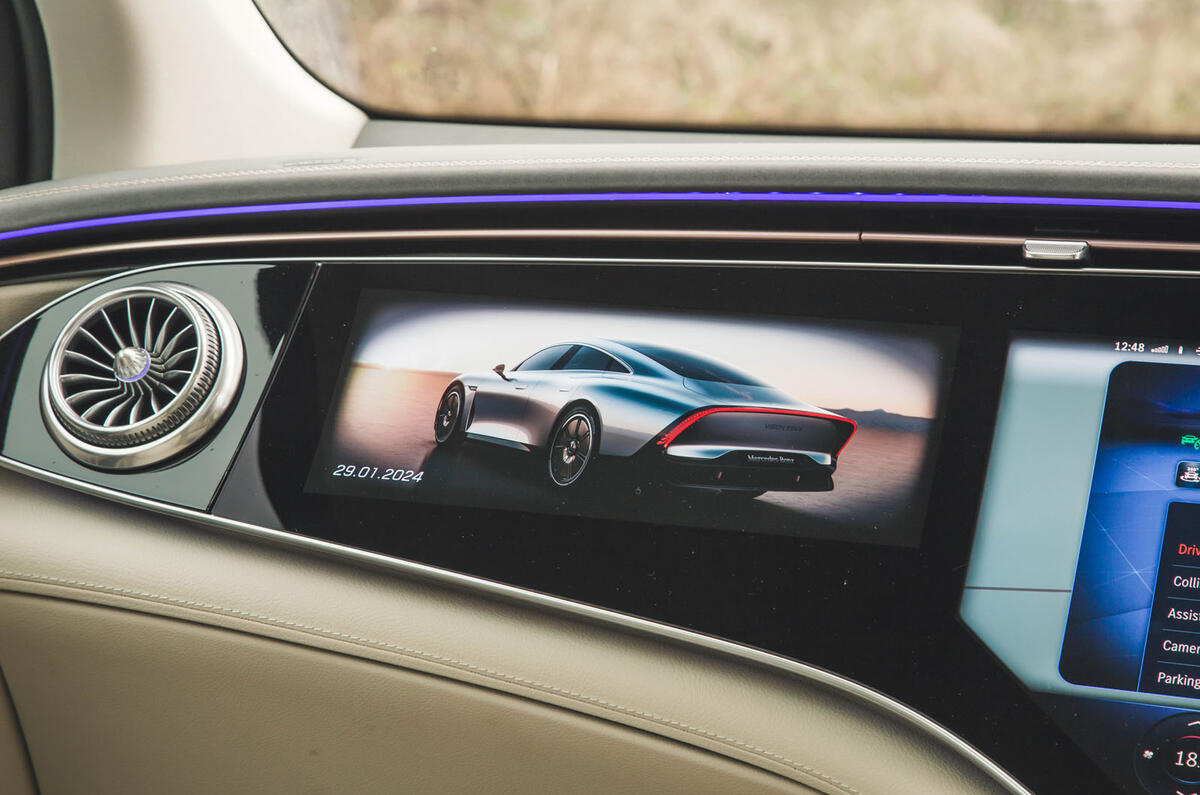


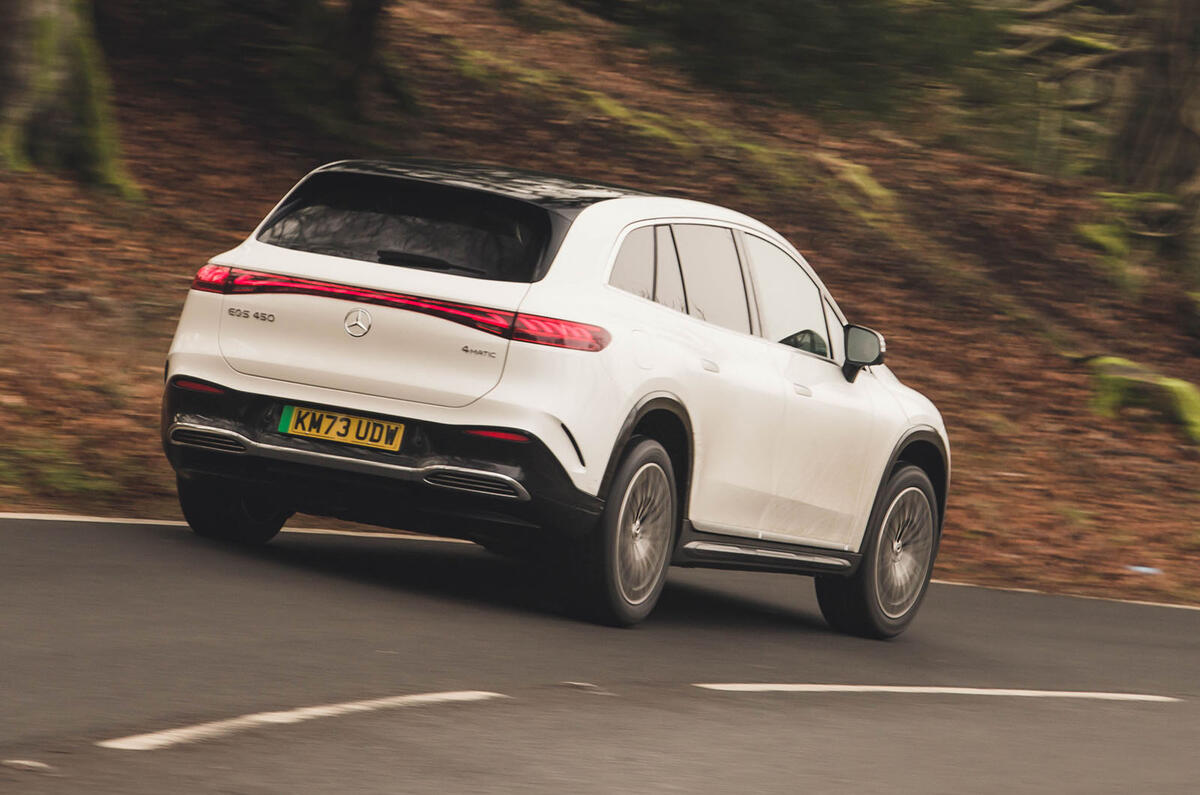


























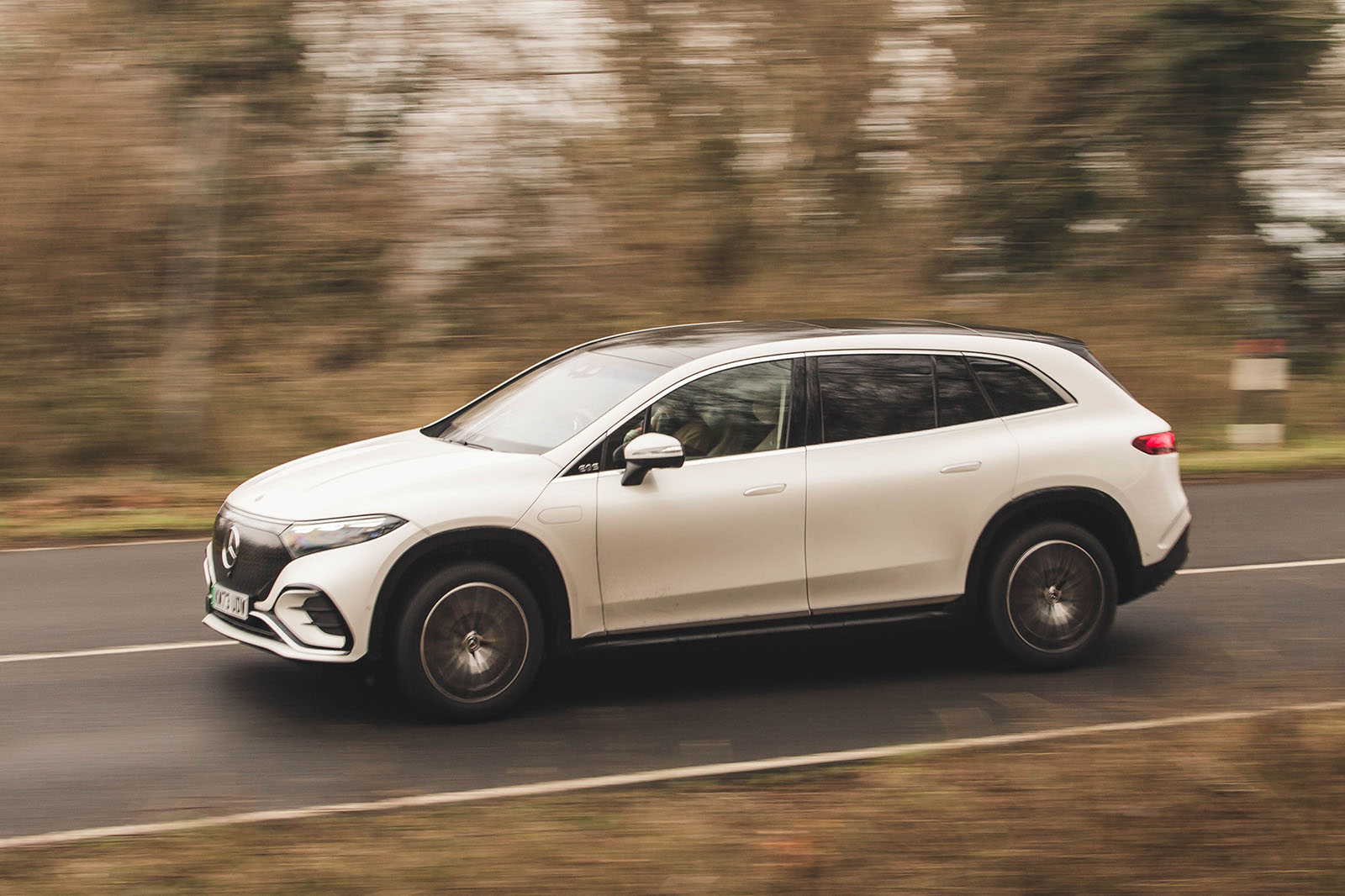
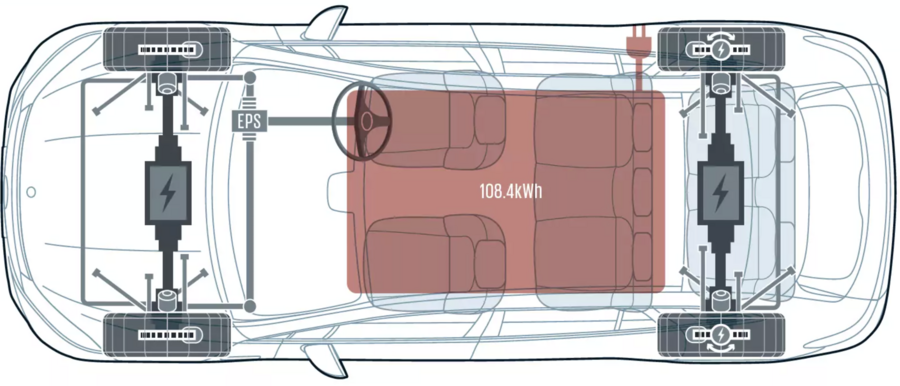
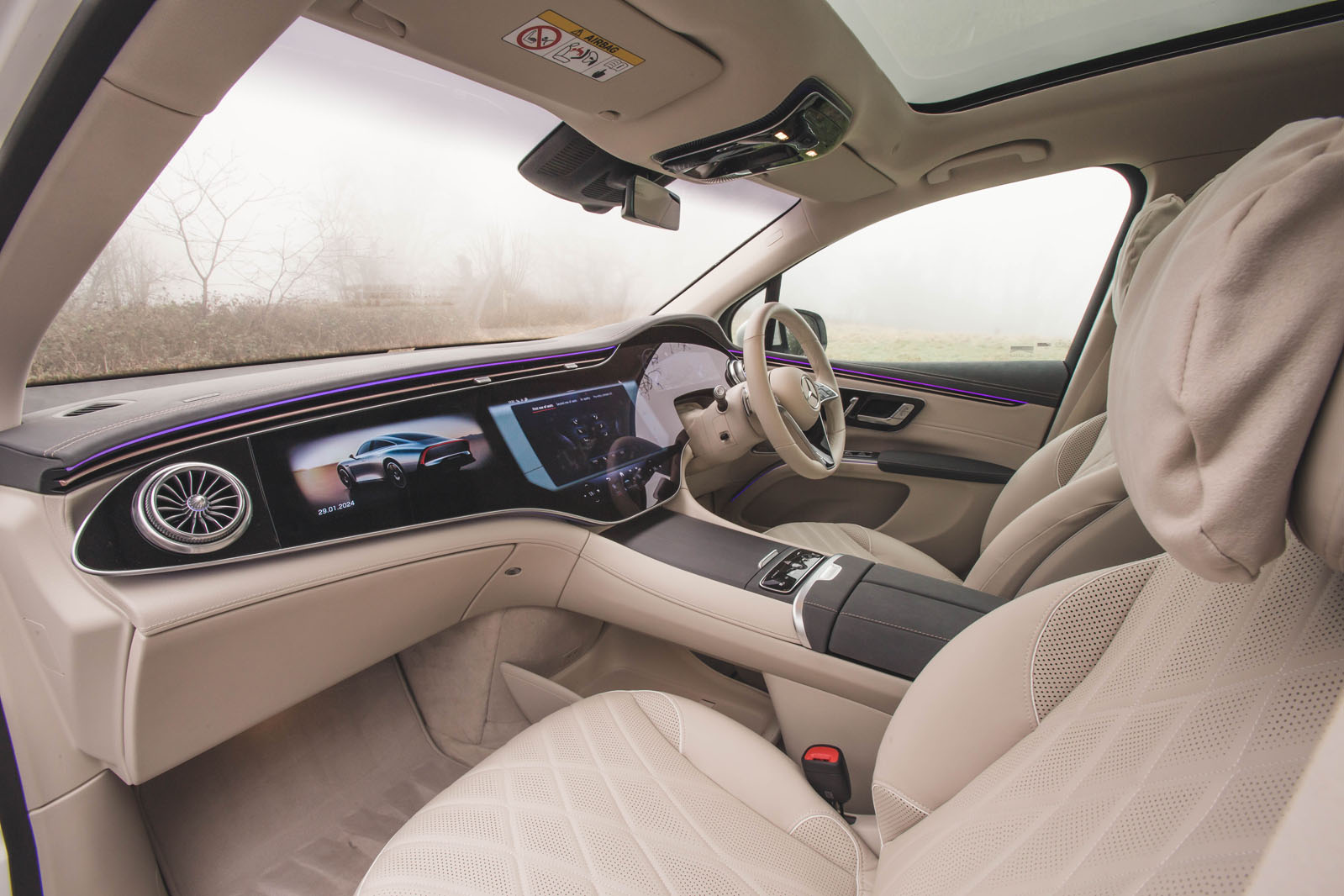
 We have experienced this generation of Mercedes’ MBUX interface on several other cars. Although it takes a bit of getting used to, it generally works very well, with quick responses, clear graphics and sensibly laid-out menus that don’t bury important functions in menus.
We have experienced this generation of Mercedes’ MBUX interface on several other cars. Although it takes a bit of getting used to, it generally works very well, with quick responses, clear graphics and sensibly laid-out menus that don’t bury important functions in menus.